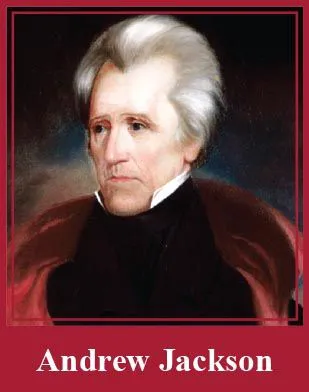
eBook - ePub
American History 1
This is a test
Compartir libro
- 4 páginas
- English
- ePUB (apto para móviles)
- Disponible en iOS y Android
eBook - ePub
American History 1
Detalles del libro
Vista previa del libro
Índice
Citas
Información del libro
Prepare for your history exams or learn more about key events in American history with BarCharts' updated and expanded American History 1 QuickStudy® guide. Detailing the discovery and settlement of the New World up through the Civil War and Reconstruction, this guide features timelines grouped by historical theme to give you a concise outline of major events in American history through multiple perspectives.
Preguntas frecuentes
¿Cómo cancelo mi suscripción?
¿Cómo descargo los libros?
Por el momento, todos nuestros libros ePub adaptables a dispositivos móviles se pueden descargar a través de la aplicación. La mayor parte de nuestros PDF también se puede descargar y ya estamos trabajando para que el resto también sea descargable. Obtén más información aquí.
¿En qué se diferencian los planes de precios?
Ambos planes te permiten acceder por completo a la biblioteca y a todas las funciones de Perlego. Las únicas diferencias son el precio y el período de suscripción: con el plan anual ahorrarás en torno a un 30 % en comparación con 12 meses de un plan mensual.
¿Qué es Perlego?
Somos un servicio de suscripción de libros de texto en línea que te permite acceder a toda una biblioteca en línea por menos de lo que cuesta un libro al mes. Con más de un millón de libros sobre más de 1000 categorías, ¡tenemos todo lo que necesitas! Obtén más información aquí.
¿Perlego ofrece la función de texto a voz?
Busca el símbolo de lectura en voz alta en tu próximo libro para ver si puedes escucharlo. La herramienta de lectura en voz alta lee el texto en voz alta por ti, resaltando el texto a medida que se lee. Puedes pausarla, acelerarla y ralentizarla. Obtén más información aquí.
¿Es American History 1 un PDF/ePUB en línea?
Sí, puedes acceder a American History 1 de en formato PDF o ePUB, así como a otros libros populares de Histoire y Histoire du monde. Tenemos más de un millón de libros disponibles en nuestro catálogo para que explores.
Información
Categoría
HistoireCategoría
Histoire du monde
The Age of Jackson, 1824–1848
| 1824 |
|
| 1825 |
|
| 1826 | The disappearance and presumed murder of apostate Freemason William Morgan touches off an anti- Mason movement.
|
| 1828 | 
|
| 1829 | President Jackson begins the so-called spoils system of appointing federal officials.
|
| 1830 |
|
| 1831 |
|
| 1832 |
|
| 1833 |
|
| 1834 | Anti-Jackson forces coalesce into the Whig Party. |
| 1835 |
|
| 1836 | 
|
| 1837 |
|
| 1838 | The Trail of Tears begins, leading to the deaths of more than 4,000 Indians forcibly removed westward. |
| 1839 | The Panic of 1839 plunges an already weak economy into a deep recession lasting until 1843. |
| 1840 | Mimicking Democrat tactics, Whig William Henry Harrison (OH) ... |